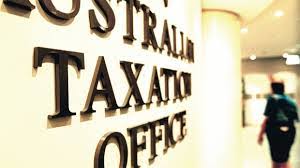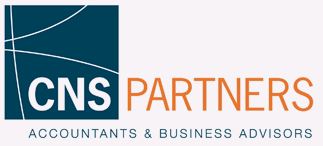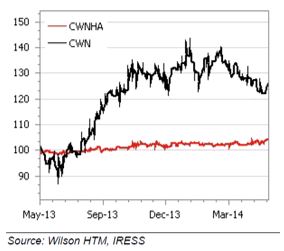
The Dreaded Budget

Everyone is talking in frightened tones about the upcoming Federal Budget and how much pain it will cause. Regardless of who we voted for or who we think is at fault for our economic woes, the reality is that we have no control over decisions made on our behalf at that level. It does however, give us a prompt to consider an issue that is within our control; the family budget!
Most of us know how much money comes in, especially those on wages where the amount is uniform and consistent. However, how many people really know what goes out and where it goes? Have you ever taken the time to put down in writing the things you spend money on and work out if any changes could/should be made? If so, has it been reviewed or adapted recently?
The process of discussing and analysing the household budget can be unpleasant and even quite confronting. Like visiting the dentist, it is a job most of us would put off indefinitely if we could. But everyone wants to retire one day and we all want enough money to live comfortably in retirement. A vital piece of that plan is to spend less than we earn over the course of our working life, making budgeting the first step in retirement planning. No matter how old or young you are, it is never too late to take control of your money.
We hope you all survive the Federal Budget and minimise the impact of any bad news by tidying up your personal budget (doesn’t Easter seem like a distant memory already!). If you would like assistance gaining control of the family finances, the team at CNS is happy to assist. It is better to ask for help than keep the head under the pillow, because just like toothache, ignoring the issue will not make it disappear!













